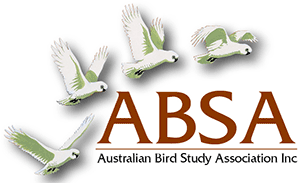Nest predation rates and identification of predators at songbird nests in Tasmanian woodlands
| Posted: |
20/04/2020 |
| Author(s): |
Clare Lawrence, James V. Briskie, Melanie Massaro |
The identification of nest predators provides a better understanding of how particular predators and their foraging modes shape the evolution of anti-predator behaviours in nesting birds. We monitored nests of the Pink Robin
Petroica rodinogaster, Flame Robin
P. phoenicia, Grey Fantail
Rhipidura fuliginosa, Tasmanian Thornbill
Acanthiza ewingii and Brown Thornbill
A. pusilla in Tasmania to determine predation levels and we used motion-triggered cameras to identify predators at nests of four of these species. By conducting an experiment comparing predation levels between nests with natural eggs that were being cared for by parents and those same nests (after failure or the chicks had fledged) containing experimental finch eggs but with no parental attendance we also tested whether parental activity provides a foraging cue for nest predators. Nest survival rates differed among species and ranged between 15.5 % and 31.6 %, and most nest failures were attributable to predation. The likelihood of nest predation did not differ between active nests with parental attendance and the same nests with experimental finch eggs but no parental attendance, indicating that parental activity is not an important cue for potential nest predators in these woodlands. We identified ten predator species. Despite the diversity of potential mammalian predators in our study sites, native birds (7 species), including cuckoos, raptors and butcherbirds, were by far the most frequently observed predators of songbird nests in Tasmanian woodlands. This was particularly evident from cup nests in trees, where birds were responsible for 9 of 11 predation events in which the predator was identified. Only three species of mammals were identified as nest predators, including the native, arboreal Eastern Pygmy Possum
Cercartetus nanus. Given the different foraging strategies of predators even within the same guild, identifying predators to species is an important step towards understanding predator-prey dynamics.
>> Download Abstract |
File Size: 12.0 KB
>> Download Complete PDF | File Size: 255KB
